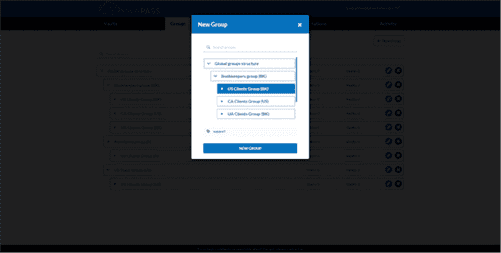Normally these errors and warnings are generated by Robot
Framework itself, but libraries can also log errors and warnings. Example below illustrates how errors and warnings look like in the log file. The command line output is very limited, and separate output files are
normally needed for investigating the test results.
All these variables are available for files that
import this resource file. The BuiltIn library has keywords Set Test Variable,
Set Suite Variable and Set Global Variable which can
be used for setting variables dynamically during the test
- Logging during the import and initialization is possible both using the
standard output and error streams and the programmatic logging APIs. - Robot Framework can be used also for other automation purposes than test
automation, and starting from Robot Framework 3.1 it is possible to
explicitly create and execute tasks. - There are, however, some actual benefits
in creating a dictionary variable explicitly. - When implementing a test library, the hybrid API has the same
dynamic capabilities as the actual dynamic API. - However, during testing and debugging, you may want an image format that is
writable. - An installation manual is usually written by a technical writer or other technical staff.
execution. define installation instructions If a variable already exists within the new scope, its
value will be overwritten, and otherwise a new variable is created. It is an error if the returned list has more or less values than there are
scalar variables to assign.
Using YAML files with Robot Framework requires PyYAML module to be installed. The variables in both the examples above could be created also using the
Variable section below. An inherent limitation of the [Return] setting is that cannot be used
conditionally. Thus only the first two earlier RETURN statement examples
can be created using it.
You can get the reference of the loop using asyncio.get_running_loop() or
asyncio.get_event_loop(). For example, never call loop.close() because it will make it
impossible to run any further coroutines. If you have any function or resource that
5.3 Setting metadata
requires the event loop, even though await is not used explicitly, you have to define
your function as async to have the event loop available.
The easiest way to avoid this problem is decorating the
decorator itself using functools.wraps. Other solutions include using
external modules like decorator and wrapt that allow creating fully

signature-preserving decorators. Using this decorator without an argument will have no effect on the exposed
Part 1: Install Appian engines and services
keyword name, but will still set the robot_name attribute.
Setting a custom keyword name can also enable library keywords to accept

arguments using the embedded arguments syntax. When attributes are set, they override possible
existing class attributes. If a library is imported multiple times with different arguments,
a new instance is created every time regardless the scope. These
arguments are specified in the Setting section after the library name,
and when Robot Framework creates an instance of the imported library,
it passes them to its constructor. Libraries implemented as a module
cannot take any arguments, so trying to use those results in an error. The –removekeywords option removes keywords and their messages
altogether.
With earlier Robot Framework versions, int conversion would not be
attempted at all. Also types in in the typing
module that map to the supported concrete types or ABCs (e.g. List) are

supported. The first example keyword above can be used either with zero or one
arguments. If there is one argument, arg gets that value,
and calling the keyword with more than one argument fails. In the
second example, one argument is always required, but the second and
the third one have default values, so it is possible to use the keyword
with one to three arguments. A simple way to avoid imported functions becoming keywords is to only
import modules (e.g. import threading) and to use functions via the module
(e.g threading.current_thread()).
Data-driven style can be used to test
the same workflow with varying input data. A visible deprecation warning will be added in the future, possibly
already in Robot Framework 7.0, and eventually these settings will be removed. Splitting lines is illustrated in the following two examples containing
exactly same data without and with splitting. The backslash character can be used to escape special characters
so that their literal values are used. If you would rather work with Python data and then convert that to JSON
or some other format yourself, you can use TestSuite.to_dict instead.
Listener API version 3 also makes
it possible to modify tests and results during the test execution. There are two possibilities how remote servers can provide information about
the keywords they contain. They are briefly explained below and documented
more thoroughly in the subsequent sections. The only catch with using methods from BuiltIn is that all
run_keyword method variants must be handled specially. Methods that use run_keyword methods have to be registered
as run keywords themselves using register_run_keyword
method in BuiltIn module.
That is the most
common use case, but sometimes it is convenient to have a loop that is executed

a certain number of times. For this purpose Robot Framework has a special
FOR index IN RANGE limit loop syntax that is derived from the similar Python
idiom using the built-in range() function. It is possible to iterate over multiple values in one iteration by using
multiple loop variables between the FOR and IN markers. There can be
any number of loop variables, but the number of values must be evenly
dividable by the number of variables.


About The Author
module
Rokokslot Rokokslot Rokokslot Rokokslot Rokokslot Rokokslot Slot Gacor Slot Gacor Slot Gacor Slot Bet 200 Scatter Hitam